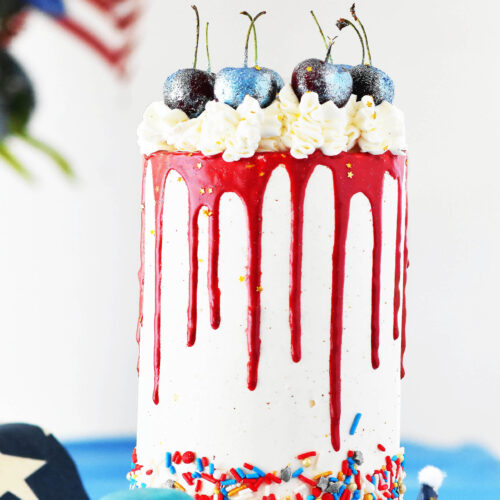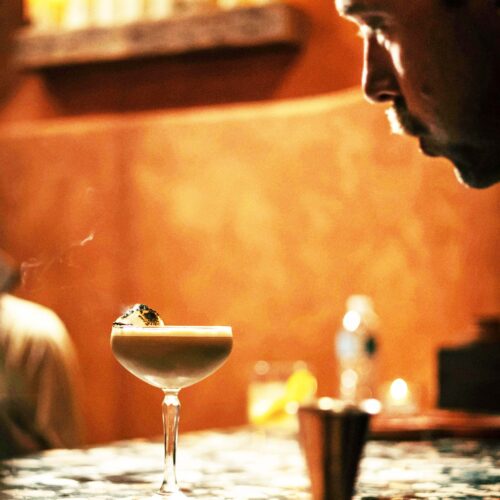Learn How to Bake a Traditional King Cake for Your Next Festive Occasion with AG’s Easy-to-Follow Recipe
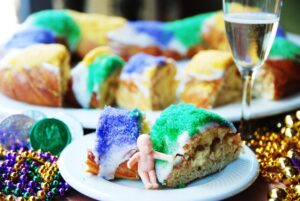
King Cake is a sweet and delicious braided pastry typically made with a soft, doughy base and a sweet filling, such as cinnamon, cream cheese, or fruit. It’s often topped with colorful sprinkles or icing, which adds to its visual appeal and makes it even more enjoyable to eat.
The cake is shared with friends and family as part of Mardi Gras celebrations, making it a social and festive food. It’s also a symbol of the holiday season and New Orleans culture, adding to its significance and appeal.
King Cakes come in various flavors and styles, from classic cinnamon to more exotic options like praline or cream cheese. It can also be made with different types of dough, such as brioche or puff pastry.
The traditional colors of King Cake are purple, green, and gold.
- Purple represents justice
- Green represents faith
- Gold represents power or royalty.
It’s common to see these colors used in the icing or sprinkles on top of the cake. The cake may also be decorated with Mardi Gras beads, masks, or other decorations. However, some variations of King Cake may use different colors or decorations depending on the flavor or style of the cake.
Here’s recipe for a classic cinnamon-flavored King Cake.
King Cake Ingredients:
For the Dough:
- 1 cup milk
- 1/4 cup butter
- 2 1/4 teaspoons active dry yeast
- 1/2 cup granulated sugar
- 2 large eggs
- 1/2 teaspoon salt
- 1/2 teaspoon nutmeg
- 4 1/2 cups all-purpose flour
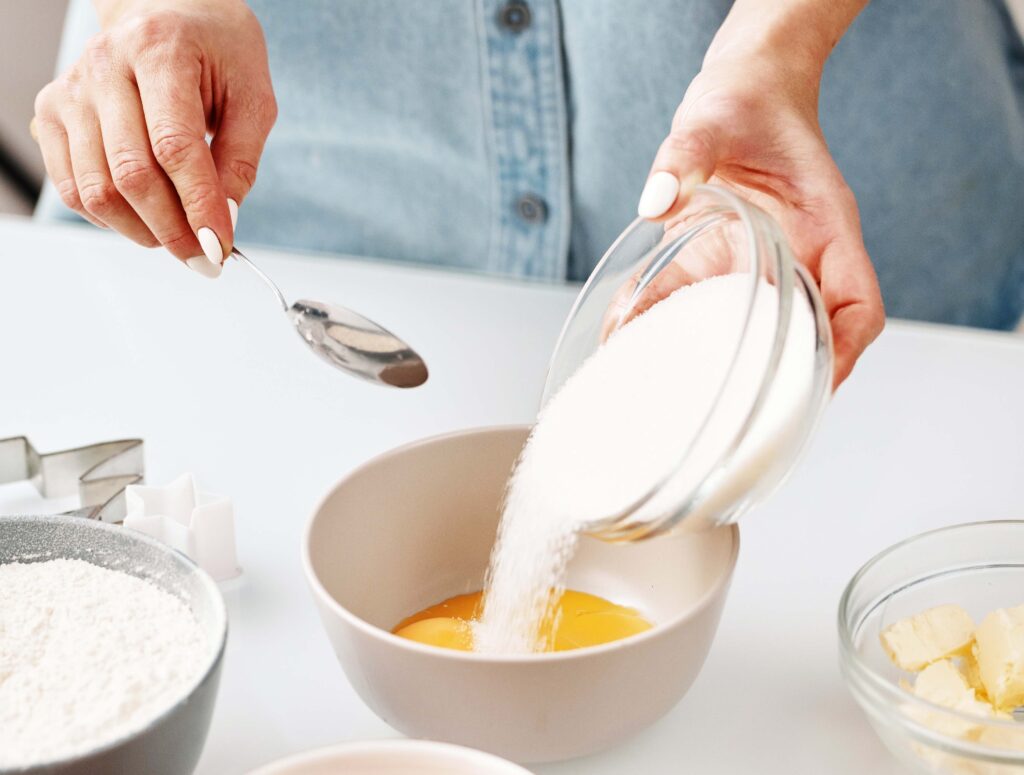
For the Filling:
- 1/2 cup packed brown sugar
- 1 tablespoon ground cinnamon
- 1/3 cup chopped pecans
- 1/4 cup all-purpose flour
- 1/4 cup melted butter
For the Icing:
- 2 cups confectioners’ sugar
- 3 tablespoons milk
- 1/4 teaspoon vanilla extract
- Purple, green, and gold-colored sugar
For the Decoration:
- 1 plastic baby figurine (optional)
- Mardi Gras beads (optional)
Instructions:
- Heat the milk and butter in a small saucepan until the butter is melted. Set aside to cool to lukewarm.
- In a large mixing bowl, dissolve the yeast in 1/4 cup warm water. Add the cooled milk mixture, sugar, eggs, salt, nutmeg, and half of the flour. Mix well.
- Add the remaining flour, a little at a time, until a soft dough forms. Knead the dough on a floured surface for about 10 minutes until smooth and elastic.
- Place the dough in a greased bowl, cover it with a clean towel, and let rise in a warm place for about 1 hour or until doubled in size.
- Mix the brown sugar, cinnamon, pecans, and flour in a small bowl for the filling. Set aside.
- Punch down the dough and roll it out into a 22-inch long oval shape. Brush the melted butter over the dough and sprinkle the filling on it.
- Starting with one of the long sides, roll the dough into a cylinder, tucking the ends under to form a ring. Place the ring on a greased baking sheet and let rise for 30 minutes.
- Preheat the oven to 375°F. Bake the cake for 25 to 30 minutes or until golden brown. Cool on a wire rack.
- Mix the confectioners’ sugar, milk, and vanilla extract until smooth to make the icing. Drizzle the icing over the cooled cake and sprinkle it with purple, green, and gold-colored sugar.
- If desired, insert the plastic baby figurine into the bottom of the cake. Decorate with Mardi Gras beads.
Enjoy your homemade King Cake!
Did you know?
King Cakes shape and decorations have historical and religious significance. In early Christianity, purple, green, and gold were used to represent the three gifts of the Magi who visited the baby Jesus. The round shape of the cake, which means the circular path followed by the Magi in search of the baby Jesus, symbolizes the unity and continuity of faith.
The plastic baby hidden inside the cake is said to have originated from a pagan Roman festival called Saturnalia, which celebrated the winter solstice. During this festival, a cake was baked with a bean hidden inside, and the person who found the bean in their slice of cake was crowned the “King of Saturnalia” for the day. The tradition was adopted by Christians and adapted to the King Cake, with the plastic baby replacing the bean as a nod to the baby Jesus.
A little history:
The history of King Cake can be traced back to ancient Roman times when a cake was baked with a fava bean hidden inside. The person who found the bean was crowned the king of the Roman festival of Saturnalia, which celebrated the winter solstice.
In early Christianity, the tradition of baking a cake with a hidden surprise was adapted, and the bean was replaced with a small figurine of the baby Jesus, which symbolized the three wise men’s search for the Christ child.
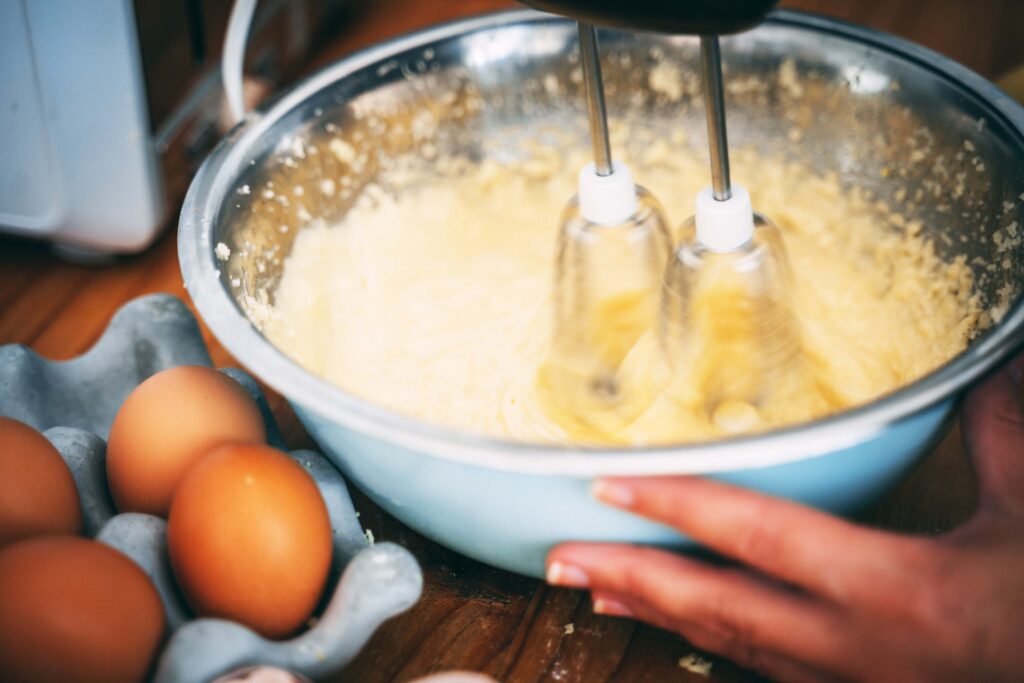
In medieval France, the cake was known as “Galette des Rois” (Kings’ Cake). It was a popular part of the Epiphany celebration, commemorating the Magi’s visit to the baby Jesus.
The tradition of King Cake was brought to New Orleans by French colonists in the 18th century. Over time, the cake became a staple of Mardi Gras celebrations in the city and the Gulf Coast region. Its recipe and decoration evolved to reflect the festive and colorful nature of the holiday.
Today, King Cake remains an integral part of Mardi Gras celebrations, and people of all ages and backgrounds enjoy it as a symbol of New Orleans culture and tradition. It is often eaten between January 6 (Epiphany) and Mardi Gras Day, which falls on the Tuesday before Ash Wednesday.

